Fan Jiao
On March 12, 1986, during the National Medal of Science ceremony at the White House, President Reagan honored Tung-yen. Lin with the following citation: “For his work as an engineer, teacher, and author whose scientific analyses, technological innovation, and visionary designs have bridged the gap not only between science and art but also between technology and society.” [1]
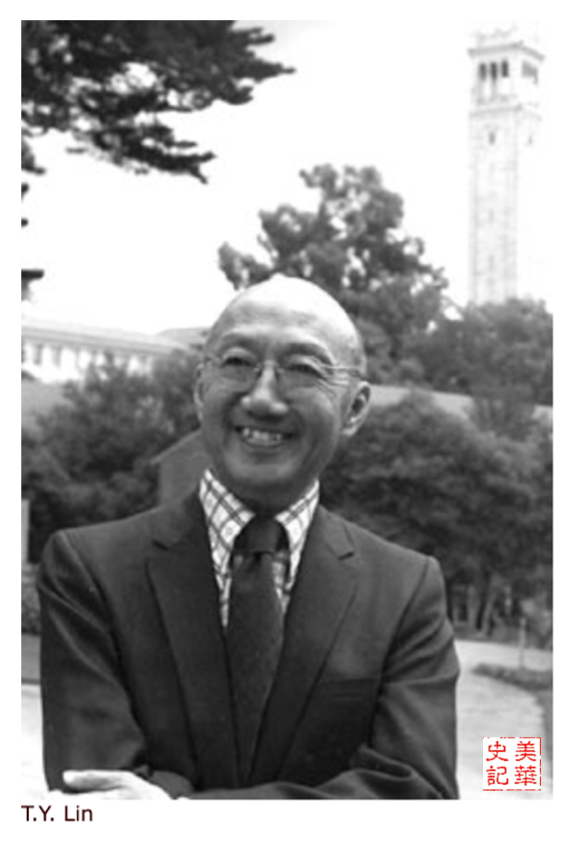
Lin was born in Fuzhou, China, 1912. At the age of just 14, he enrolled in Jiaotong University’s Tangshan Engineering College (now Southwest Jiaotong University, Chengdu, China), achieving the highest score in math and the second highest overall score in the entrance exams for his class.
In 1931, at the age of 19, Lin received his bachelor’s degree in civil engineering from the college. He then moved to the United States to pursue graduate studies at UC Berkeley. Early in his career, Lin gained recognition in his field with his master’s thesis on direct moment distribution. This innovative paper advanced structural analysis and became the first student thesis published by the American Society of Civil Engineers.[2]
1 Early Work in China
After earning his master’s degree in civil engineering from UC Berkeley in 1933, Lin returned to China to work for the Chinese Ministry of Railways. He quickly advanced through the ranks and, at the age of 25, became the chief bridge engineer of the Yunnan-Chongqing Railway. In this role, Lin oversaw the survey, design, and construction of over 1,000 bridges across China’s mountainous regions.
While Lin was working in Taiwan to help in the transition from Japanese to Chinese rule after the end of World War II in 1946, he accepted an invitation to join UC Berkeley’s faculty.
2 Research and Development of Prestressed Concrete at UCB
At Berkeley, Lin initiated groundbreaking research in prestressed concrete, significantly simplifying the design process for this material, which combines the tensile strength of steel wires with the compressive strength of concrete.
From 1953-59. This era was the dawning of T. Y’s groundbreaking work in prestressed concrete, a method of combining concrete with steel tendons for a stronger, lighter building material and more efficient, economical structures. Prestressed concrete was new and untried in the United States at the time but backed by our experiments and analysis in the lab, T. Y. Lin became its leading proponent.
Pre-tensioned concrete is a type of prestressed concrete where the tendons are tensioned before the concrete is cast. As the concrete cures, it bonds to the tendons. Once cured, the end-anchoring of the tendons is released, transferring the tendon tension forces to the concrete as compression through static friction. And Pre-tensioning is a common prefabrication technique where the concrete elements are manufactured off-site and transported to their final location after curing.[1]
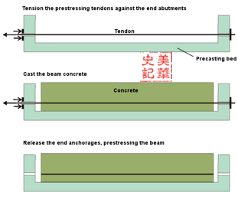

3 Commercialization of Prestressed Concrete
T. Y. Lin successfully promoted prestressing to the predecessor of the California Department of Transportation (CalTrans), which was tasked with developing extensive highway projects for the state after World War II. CalTrans took an interest in Lin’s research, establishing a lasting partnership with Berkeley engineers that has significantly influenced the university’s research programs and the development of structural design and earthquake engineering.
Excited by the potential of prestressed concrete, Lin spearheaded the first World Conference on Prestressed Concrete in the summer of 1957. His dedication and enthusiasm attracted around 1,200 engineers, scientists, and manufacturers to San Francisco. This international gathering, along with Lin’s pioneering work, revolutionized building practices, enabling the construction of modern high-rises and elegant long-span structures that can bear heavy loads, withstand earthquakes and hurricanes, and require minimal maintenance.
With a strong interest in engineering practice, Lin founded T. Y. Lin International in 1954. Despite this, he continued to contribute tirelessly to university research and teaching, enriching the civil engineering program at Berkeley. As chair of the Division of Structural Engineering, he championed the need for a new structure’s lab, leading to the development of experimental facilities at the Richmond Field Station that remain vibrant today.[3]
4 Pudong Development
Prof. Y.Y. Lin took pride in his influential role in the redevelopment of Pudong, an area off the coast of Shanghai that had been dominated by old factories and farmland. Drawing inspiration from capitalism, Lin proposed leasing land in Pudong to finance the construction of bridges connecting the island to Shanghai. This idea gained traction with city and national officials, including former Chinese President Jiang Zemin, who was mayor of Shanghai during Lin’s collaboration with him. The redevelopment plans received approval in 1989 from Deng Xiaoping, China’s senior leader at the time. Today, there are more than ten bridges or tunnels linking Shanghai and Pudong.
5 The Bridges / Buildings T.Y. Lin Contributed
5.1 Nanning Bridge, Nanning, China
One of Lin’s final projects was the Nanning Bridge in Nanning, China. In collaboration with Ketchum at OPAC, Lin helped design a unique asymmetrical arched bridge on a curve. The bridge was completed in 2009.[4]
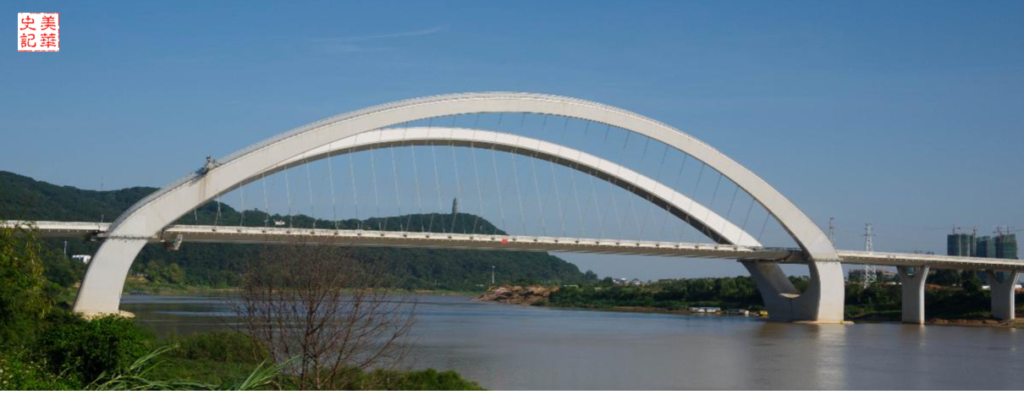
5.2 Moscone Center, San Francisco
The George R. Moscone Convention Center, commonly referred to as the Moscone Center, stands as the premier convention and exhibition hub in San Francisco, California, United States. Encompassing three primary halls across three blocks and sprawling over 87 acres in the vibrant South of Market neighborhood, it holds the distinction of being the largest of its kind in the city. Originally inaugurated in 1981, the center bears the name of the late George Moscone, a former mayor of San Francisco tragically assassinated in November 1978.
Prof. Lin designed the center in 1979.
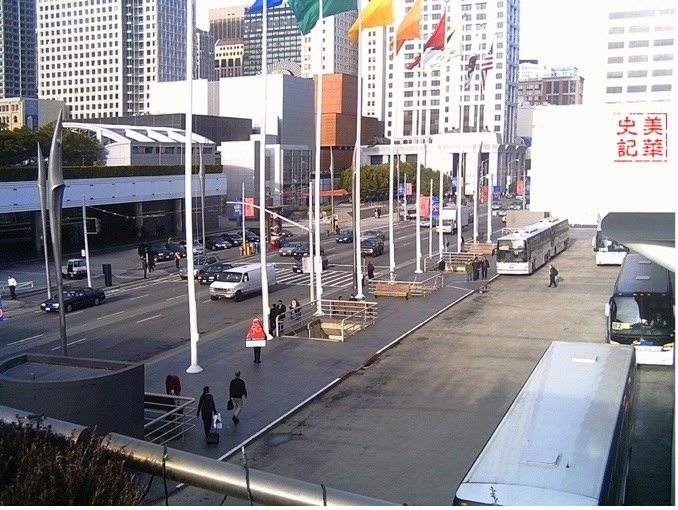
5.3 Guandu Bridge (关渡大桥)
Designed by T.Y. Lin under T.Y. Lin International, this 165 meters long bridge is in New Taipei, Taiwan, spanning over the Tamsui River and links Bali District and Tamsui District, and was completed in 1983.
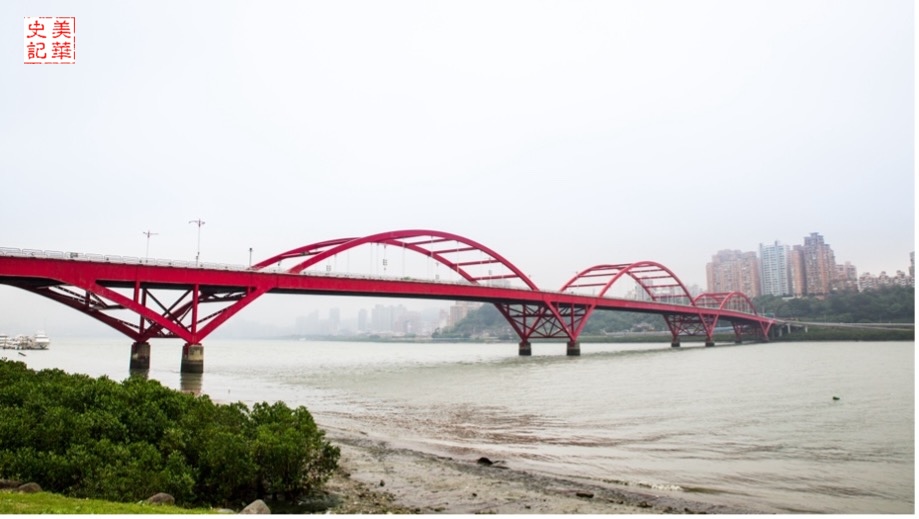
5.4 Golden Gate Bridge, San Francisco
Though he did not design the bridge itself, Lin made significant contributions to its retrofit and seismic retrofitting projects.
5.5 East Huntington Bridge, West Virginia
Also known as the “Nick J. Rahall II Bridge,” it’s a cable-stayed bridge that exemplifies Lin’s expertise in prestressed concrete and bridge engineering.
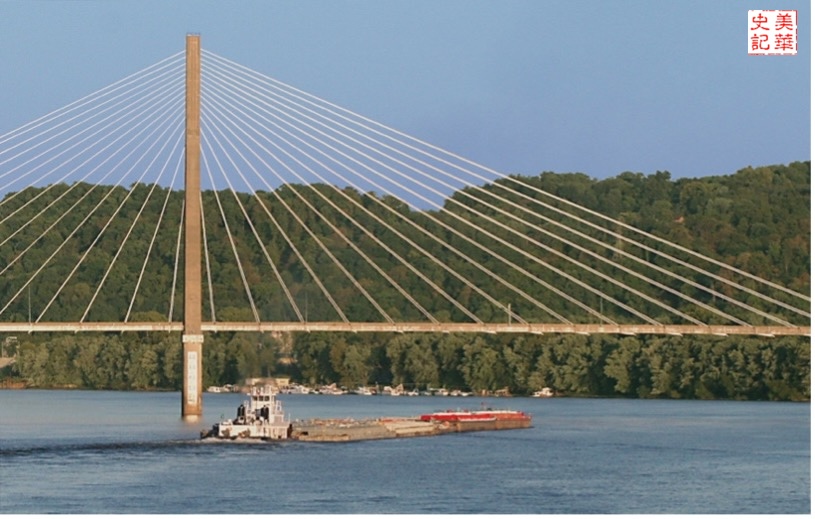
5.6 Mackinac Bridge, Michigan
The Mackinac Bridge, the world’s 27th-longest main span, is a 5-mile-long suspension bridge that opened in 1957. It connects the Upper and Lower peninsulas of Michigan, spanning the Straits of Mackinac, a body of water linking Lake Michigan and Lake Huron, two of the Great Lakes.
Prof. Lin provided expertise for the design of this iconic suspension bridge.
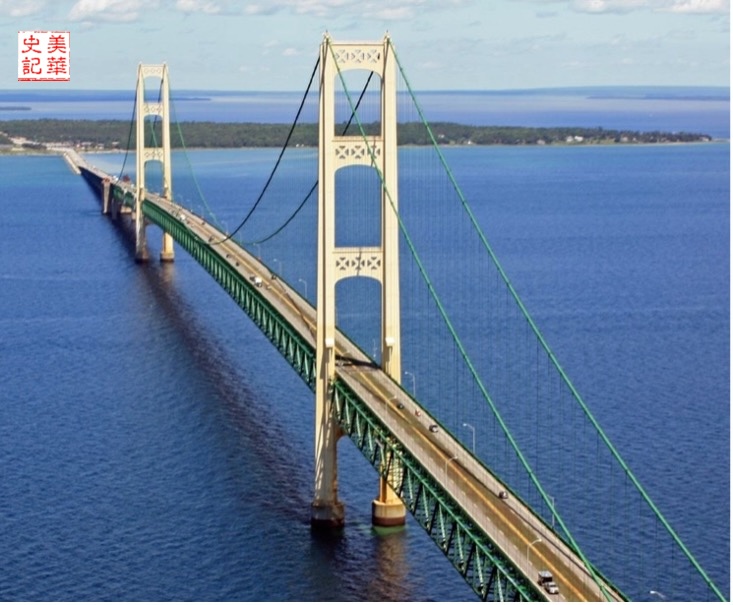
5.7 Verrazzano-Narrows Bridge, New York
The Verrazzano-Narrows Bridge, also referred to as the Narrows Bridge, the Verrazzano Bridge, and simply the Verrazzano, is a suspension bridge connecting the New York City boroughs of Staten Island and Brooklyn.
Lin was involved in the design and engineering of this suspension bridge.
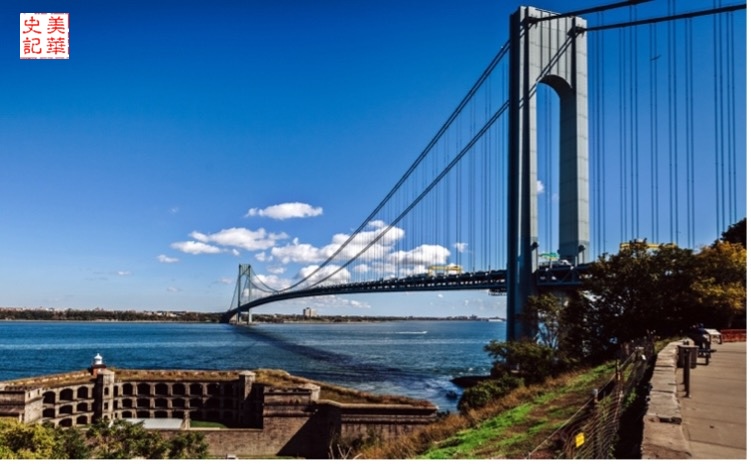
5.8 San Francisco-Oakland Bay Bridge, California
Prof. Lin contributed to the seismic retrofitting and replacement of the eastern span of this bridge.
5.9 Forth Road Bridge, Scotland
The Forth Road Bridge is a suspension bridge in east central Scotland. The bridge opened in 1964 and at the time was the longest suspension bridge in the world outside the United States.
Prof. Lin contributed to the design and engineering of this suspension bridge.
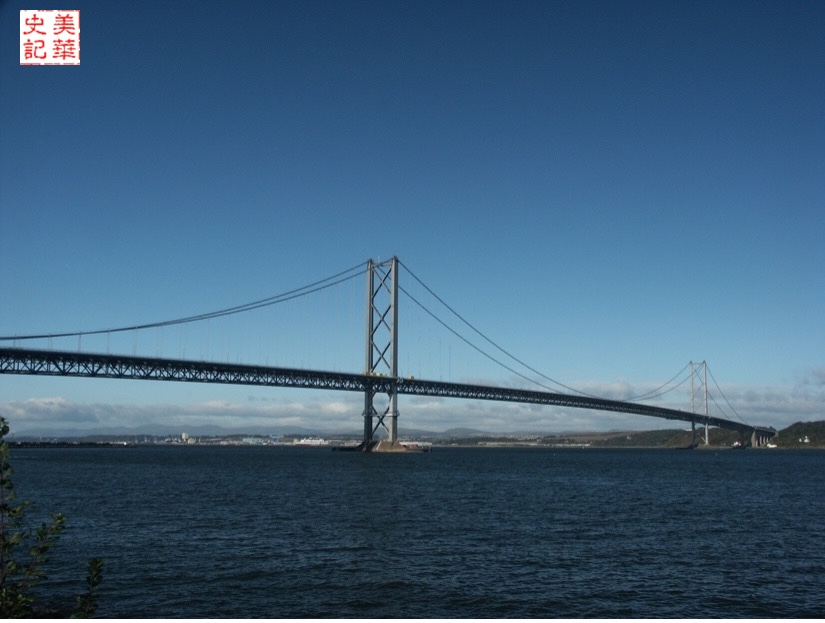
Prof. Tung-yen Lin passed away on November 15, 2003, after having devoted more than 7 decades in his research, commercial projects.
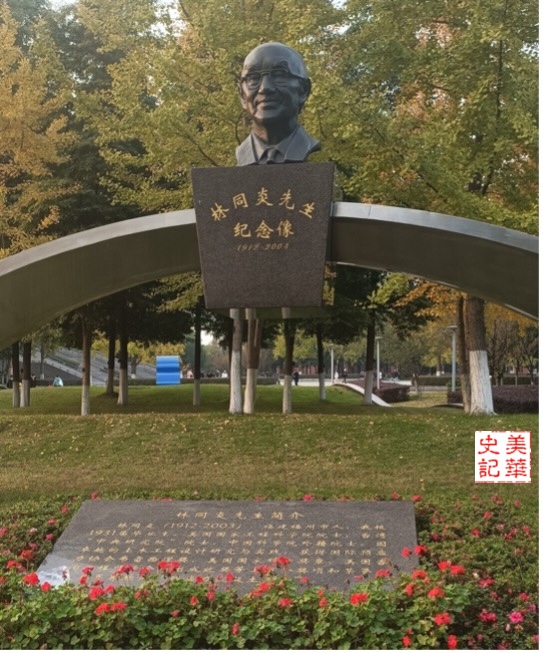
References:
- Honorary Awards, U.S. National Science Foundation, last accessed on 5/27/2024, https://www.nsf.gov/od/nms/recip_details.jsp?recip_id=221
- Tung-Yen Lin, 91; Engineer Advocated a Novel Way to Build, Elaine Woo, Nov. 20, 2003, 12 AM PT, last accessed on 5/27/2024, https://www.latimes.com/archives/la-xpm-2003-nov-20-me-lin20-story.html
- The Father of Prestressed Concrete, Teaching Engineers, Bridging Rivers and Borders, accessed on 5/27/2024, https://oac.cdlib.org/view?docId=kt4w1003s9;NAAN=13030&doc.view=frames&chunk.id=d0e211&toc.id=d0e9785&brand=oac4
- Nanning Bridge, OPAC Consulting Engineers, last accessed on 5/27/2024, https://www.opacengineers.com/features/Nanning